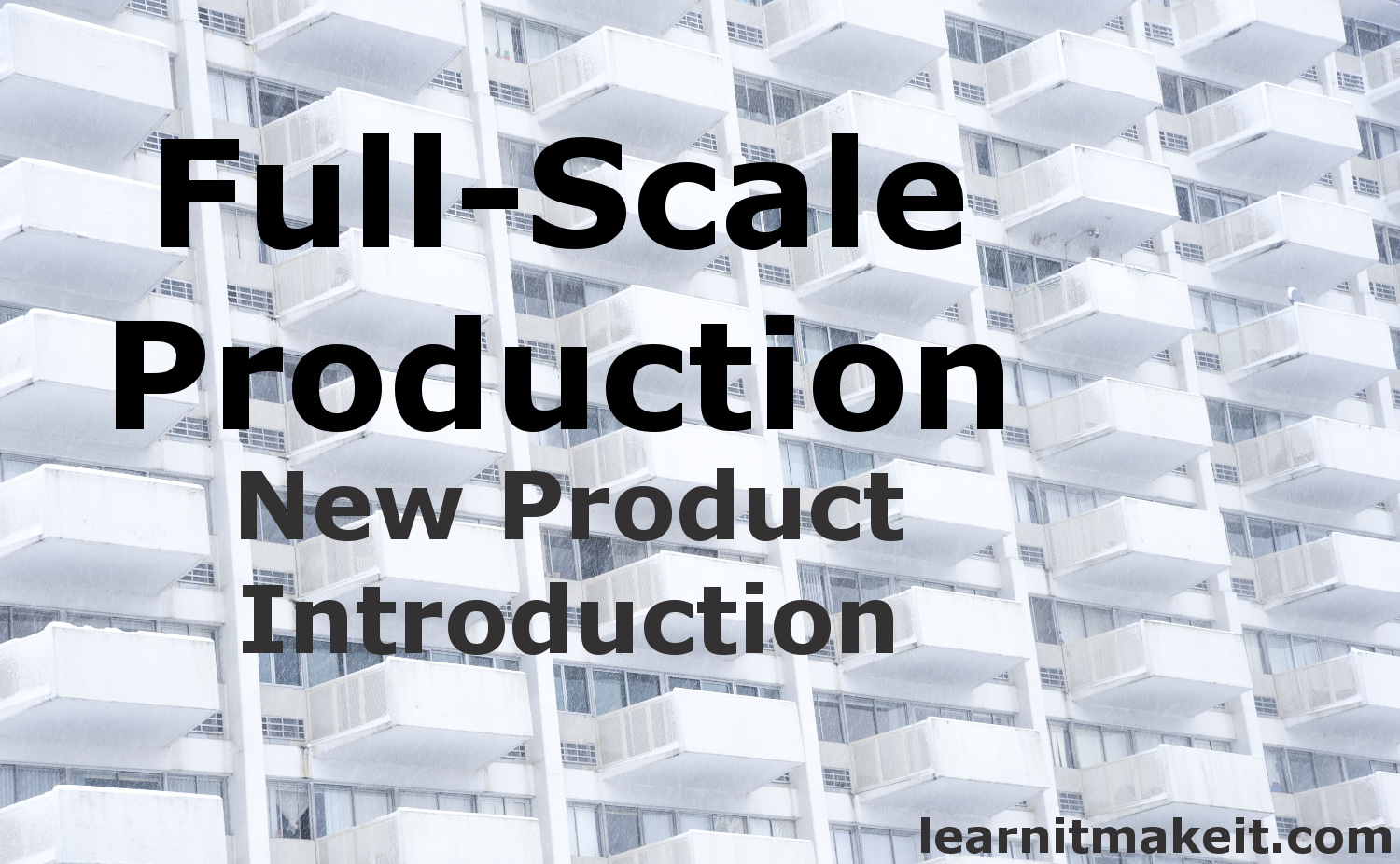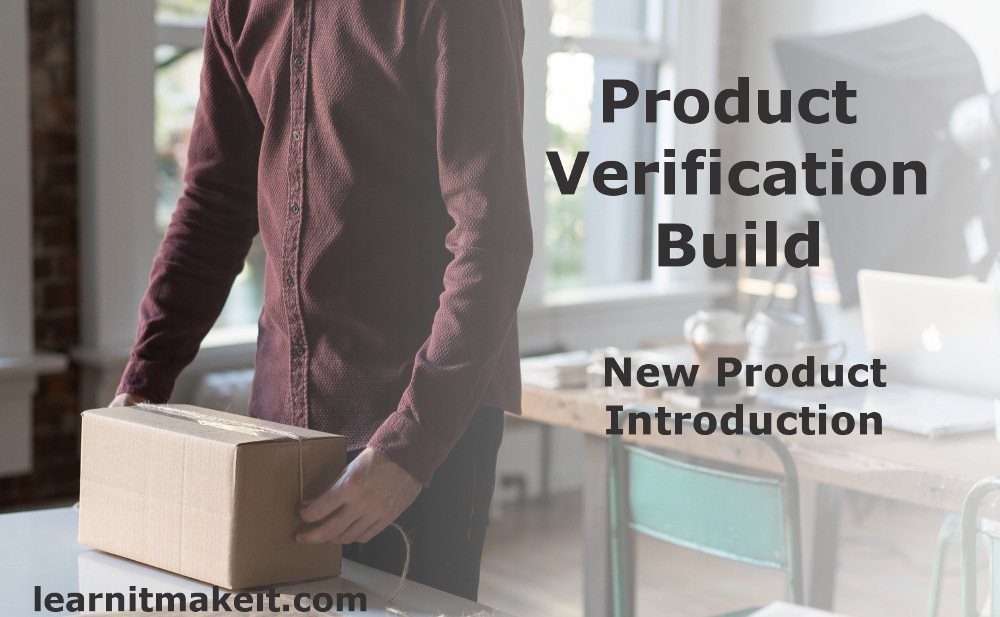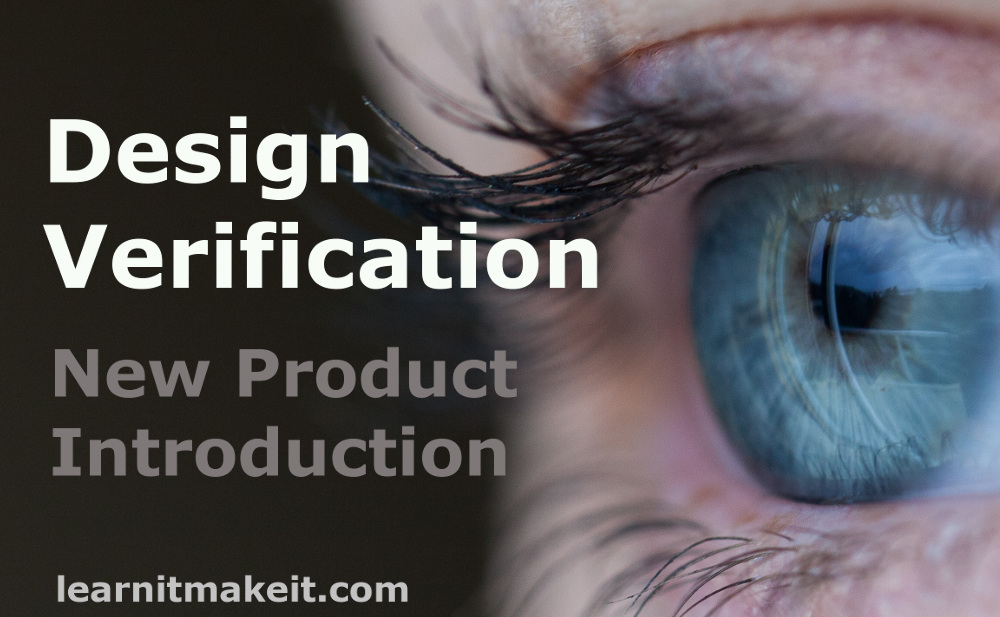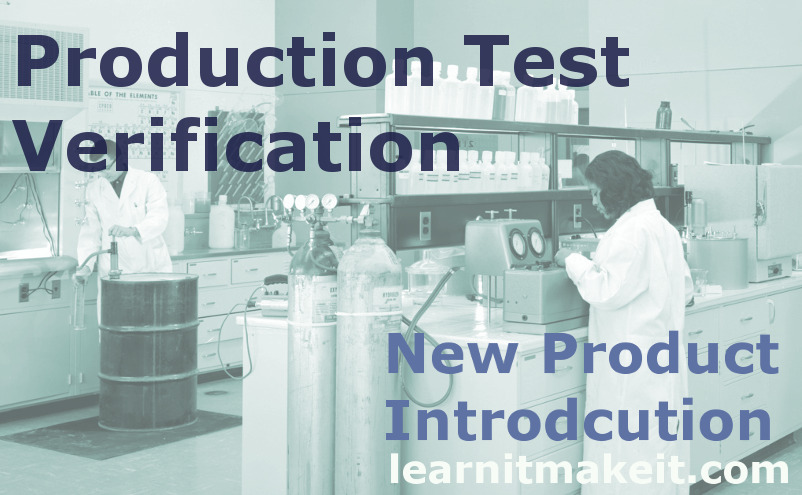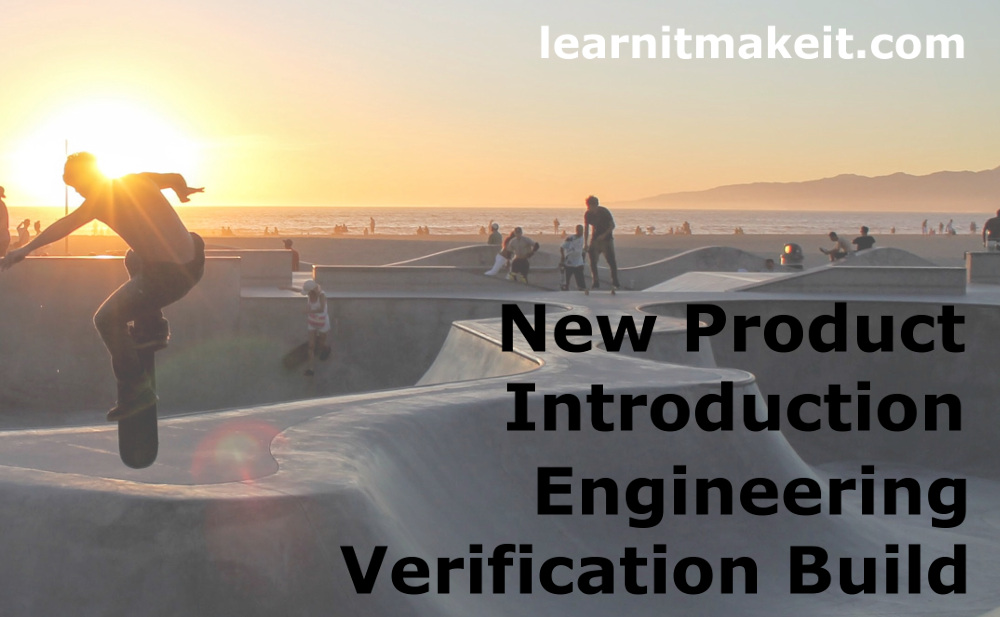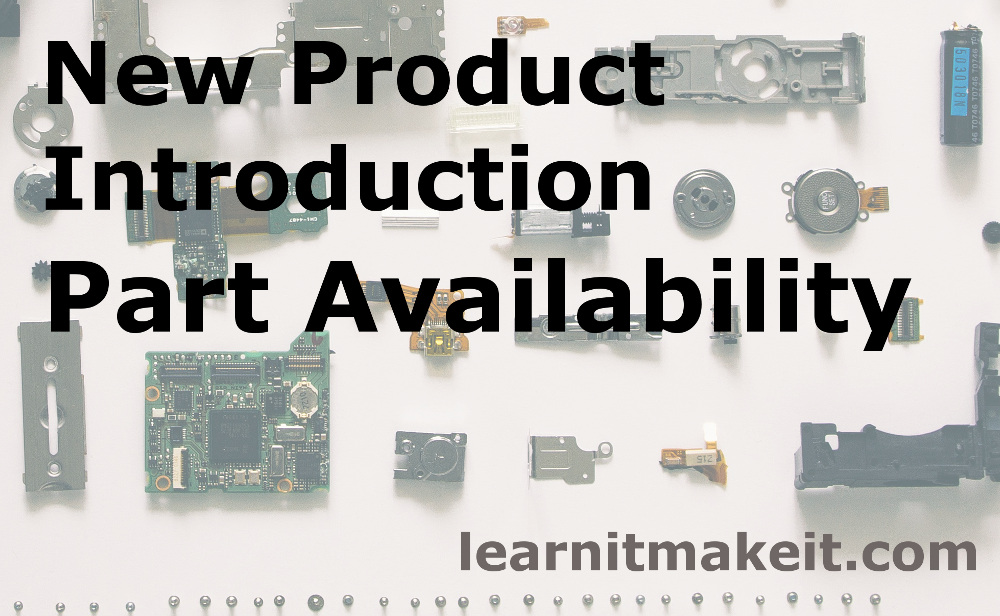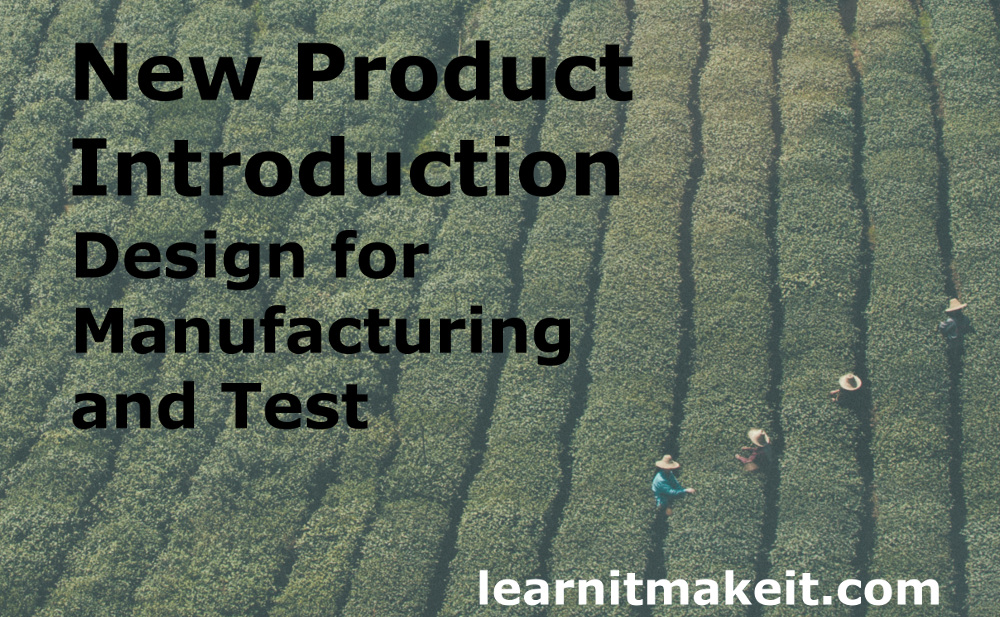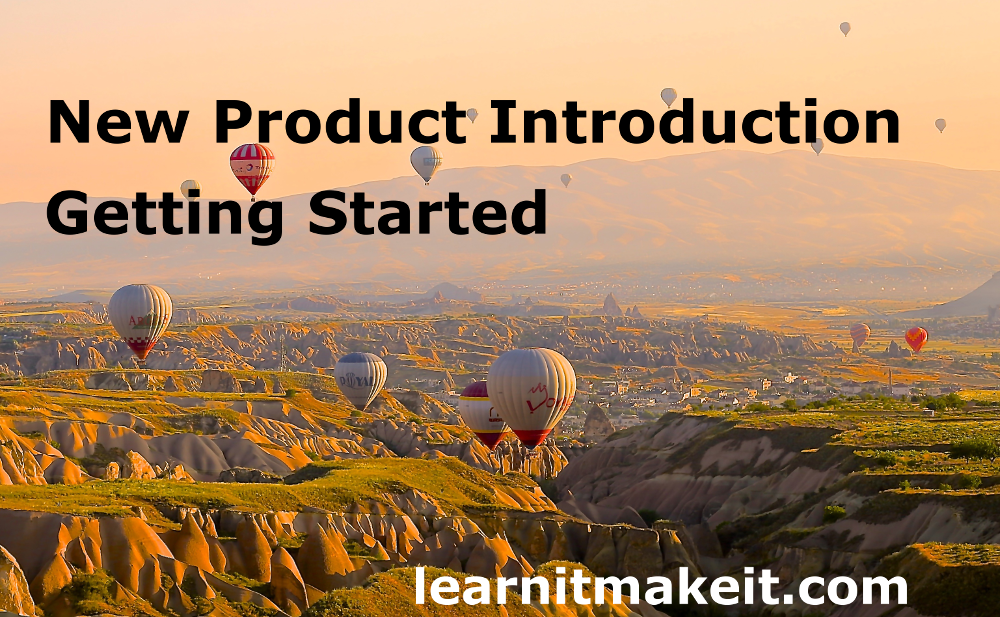Full-Scale Production – New Product Introduction in Seven Steps
This is the final step in our series on New Product Introduction: Full-Scale Production. If you missed the rest of the series, get caught up in the intro post. So here we are, after months of hard work, trips to the manufacturer, and probably long nights, we are finally at the last stage of New Product Introduction: Full-Scale Production. While it could be argued that at this stage you are no longer in NPI mode, I view the start of scale production as the transition zone. Full-Scale Production It is now time to turn the crank and print the money. This is where the manufacturer is building hundreds or thousands a day to be shipped out to customers. The processes have been worked out, the hardware and firmware bugs have been solved or accepted, and now it’s just copy and paste. Go ahead and pop the champagne and celebrate, this is an exciting milestone, one that many products never achieve. But Now What? But, the work isn’t over here – though many an engineer wished it …
